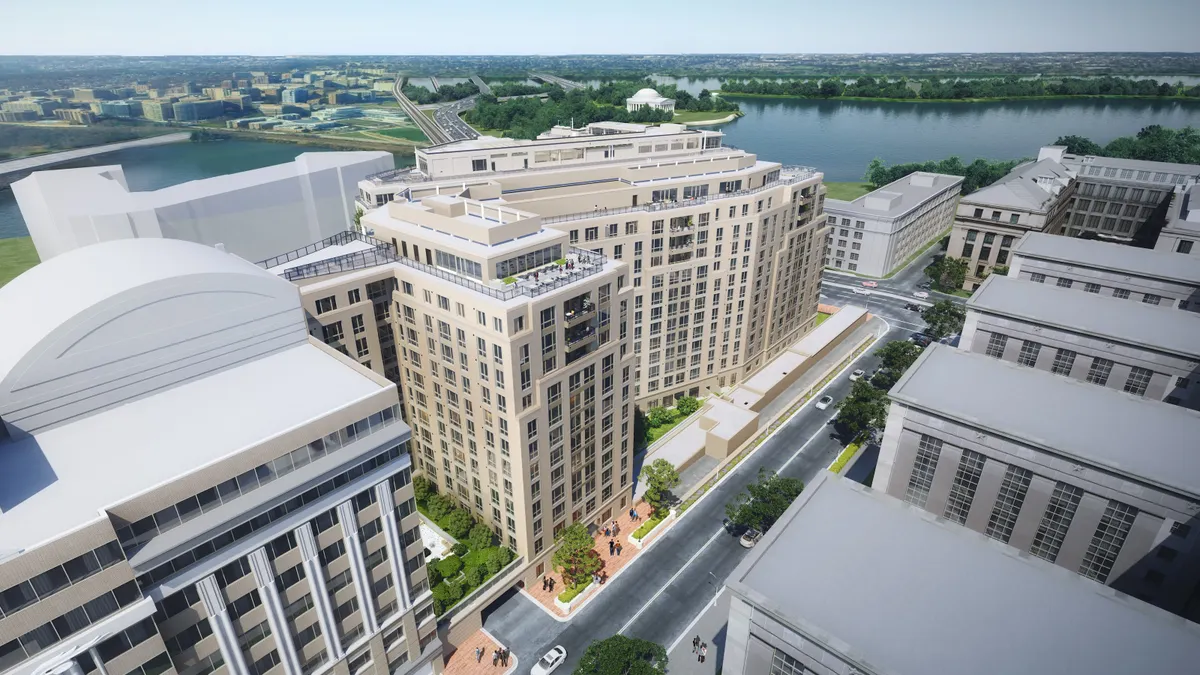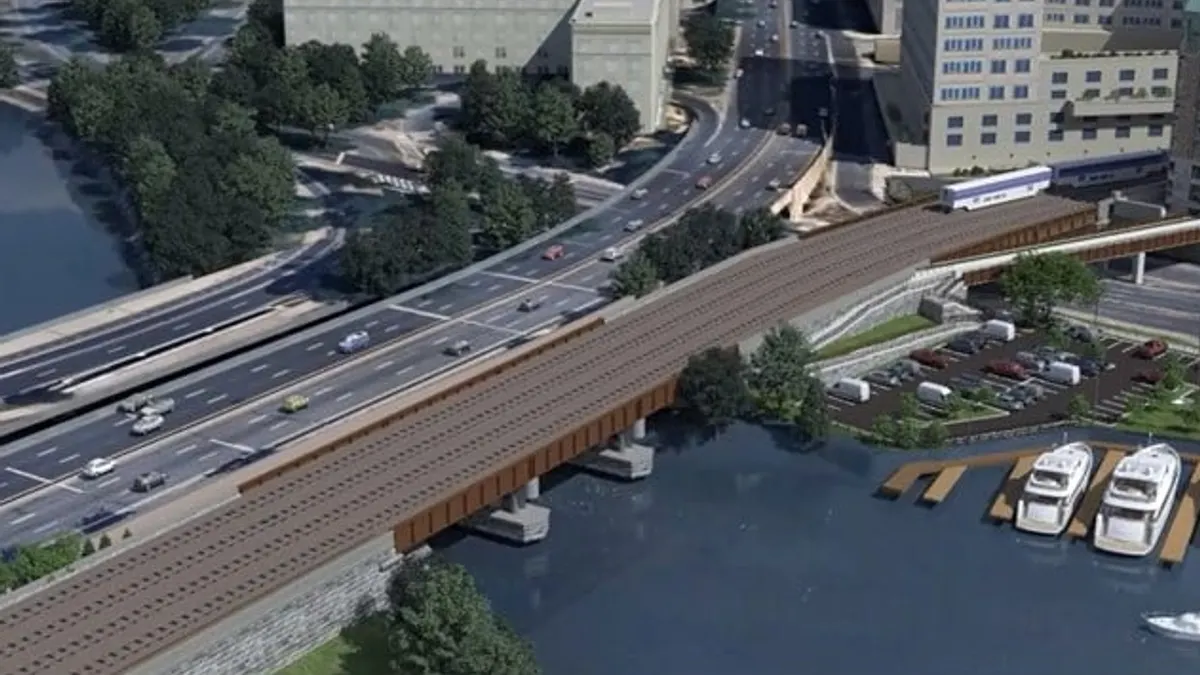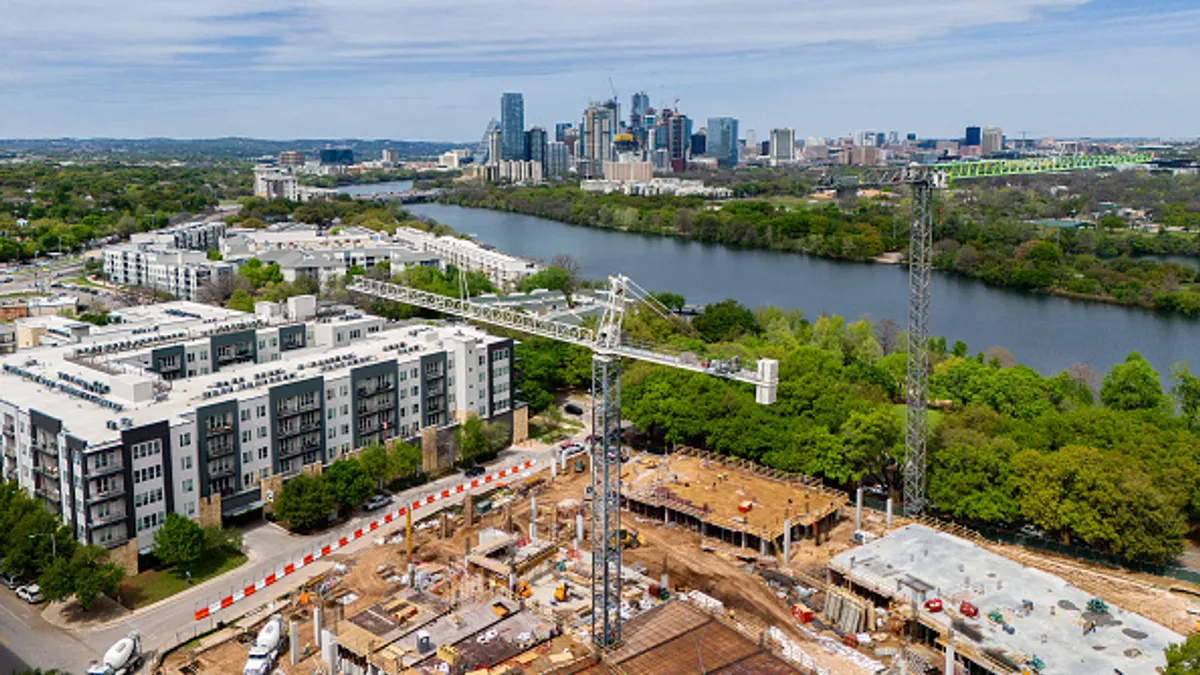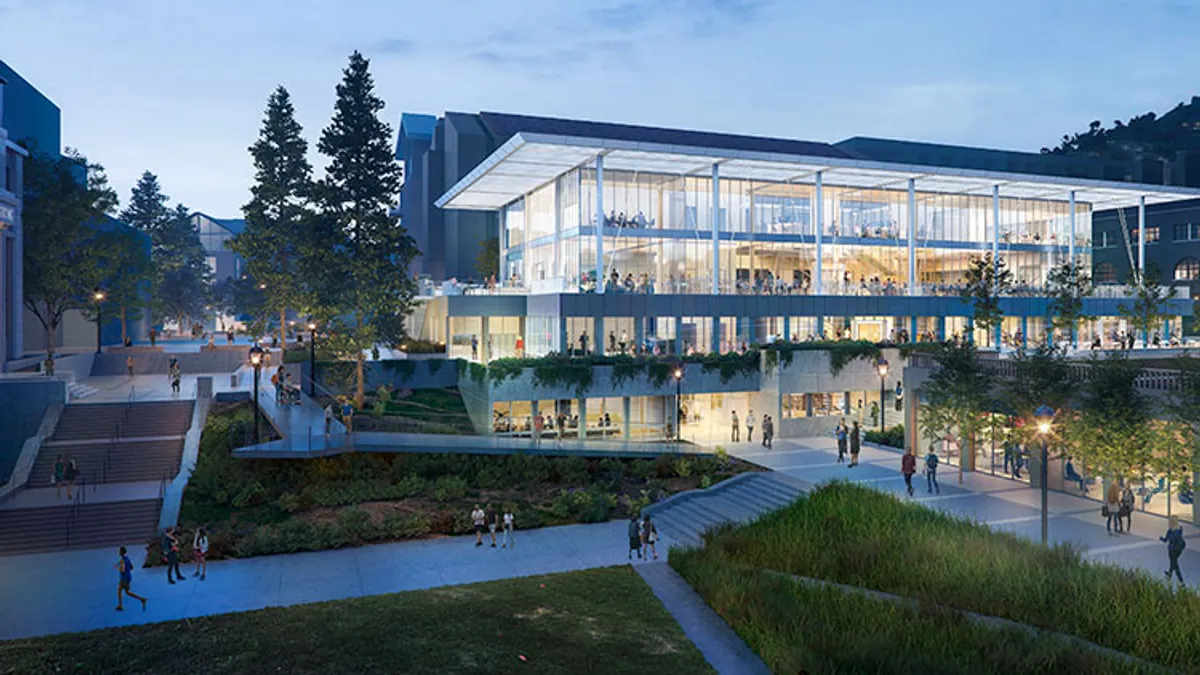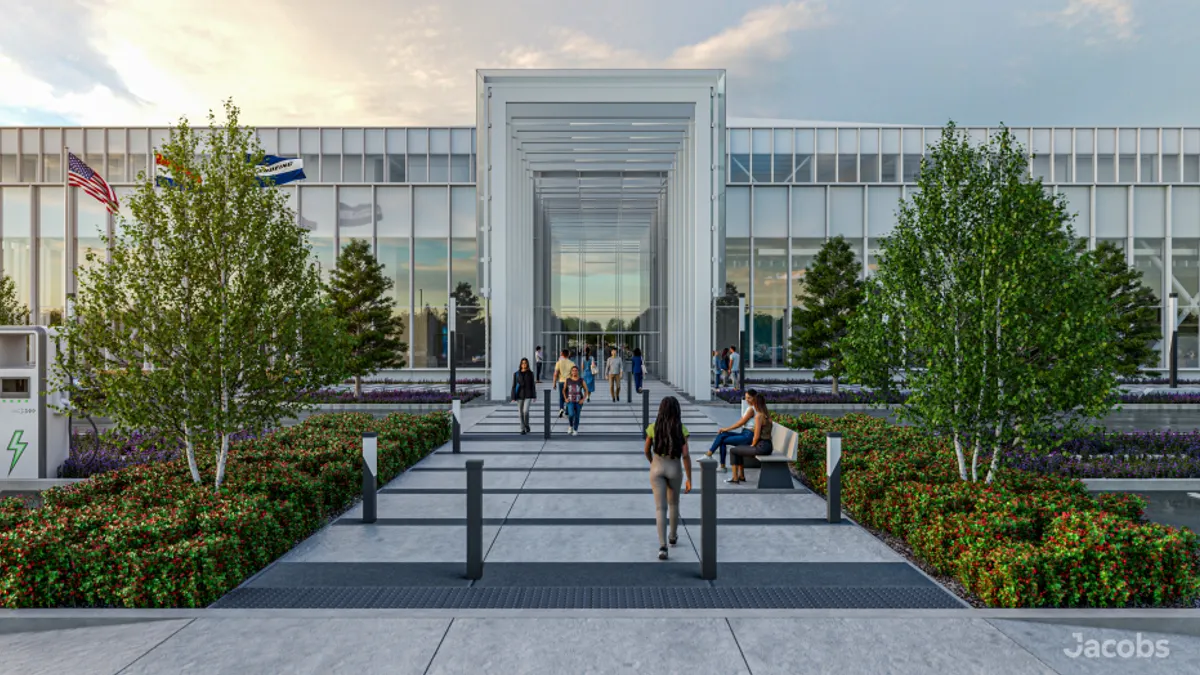When developers begin planning for a luxury development, a massive mixed-use complex or even a renovation of a warehouse into upscale lofts, they sometimes leave one thing out of the equation — working-class residents and mom-and-pop businesses that are either displaced by construction or who can no longer afford to remain in the neighborhood, as high-end businesses flock to serve a different socioeconomic class of customers.
Sometimes that is the sad reality, but experts say that rarely is it the whole story. The complex trend of gentrification requires developers and local governments to consider the ramifications of new projects while also looking to drive economic growth in the area.
What drives gentrification
Gentrification can happen anywhere, even though it is normally associated with low-income neighborhoods, according to Derek Hyra, author of "Race, Class, and Politics in the Cappuccino City" and associate professor in the department of public administration and policy at American University.
Hyra said he lives in the city of Falls Church, VA, and there is a current trend there — as well as in many other metros where high-income earners have relocated — for buyers to snatch up a $600,000 or $700,000 house and knock it down to make way for a custom home that could be worth millions. That area is going through a suburban gentrification, he said, although those residents have many more choices when it comes to deciding where they will land when compared to their low-income counterparts.
Another assumption is that gentrification is always white-led. The history of inner city redevelopment gives that belief merit, Hyra said, but the last few decades have also seen black-led gentrification in places like Harlem, NY, and the south side of Chicago.
"Black real estate developers," Hyra said, "are taking part in the redevelopment of historic, black communities. It's not just white-led capital or white-led development."
More African-Americans have also achieved leadership positions at housing authorities. That has helped create a big change, he said, from the early- and mid-20th century style of urban development, which saw many cases of white developers razing entire black neighborhoods without concern for their fate.
In addition, Hyra said, it's still a gray area as to whether the investment that often leads to the character change in some neighborhoods is actually pushing existing residents out.
"Quantitative studies have shown that low-income people move at a high rate whether they're in a gentrified space or non-gentrified space," he said. "They have high rates of mobility regardless."
This is a driver of a more gradual form of gentrification, according to Peter Tatian, senior fellow at the Urban Institute's Metropolitan Housing and Communities Policy Center. "Over time, housing units turn over," he said. "When someone moves out, the person replacing them might be of a different demographic."
The people moving out are doing so for one of a variety of reasons, he said, but the people moving in could very well change the neighborhood demographic.
And those people moving into cities are often millennials, who want to live close to character-filled downtown areas, and aging baby boomers, who have given up their cars in favor of a walkable lifestyle and proximity to medical and other services.
Community pushback
Still, it's the big, sweeping developments that get the lion's share of the attention.
For example, activists are pushing back against the 30-story, Cumulus luxury tower planned for the West Adams neighborhood in South Los Angeles. Opponents of the project argue that the 2-million-square-foot, mixed-use tower will speed up gentrification in the historic, black area and that existing working-class residents won't be able to afford to live there.
There are area residents, however, who have said that the jobs created during construction and after the project is complete, as well as the services — like retail and banking — offered in the building would be a welcome addition to the neighborhood.
There lies the rub. Neighborhoods with residents of all income types need some investment to survive. Conquering the balancing act between good investment and gentrification can mean the difference between a community dying or thriving, Tatian said.
"There are two ways to look at it," he said. "One [way] is that the money that comes in is gentrification and [will change] the character of the neighborhood. But you can also look at neighborhoods with …no investments. They don't have the kinds of amenities and the kinds of conditions in their community that are beneficial, and that's not good either. We have lots of neighborhoods where that's been the case for a long time.
"Just saying, 'We don't want any gentrification' is not a good way to look at it," Tatian said. "We want to encourage more investment in a variety of neighborhoods and make sure people that are living there now benefit from those investments."
The government's role
One way of achieving that goal, Taitan said, is to ensure housing for a variety of income levels, and this includes inclusionary housing requirements.
These types of mandates touched off a legal firestorm in California last year as developers railed against having to include below-market rate units in their developments. This, Tatian said, is where government plays a vital role in serving lower-income citizens.
Once affordable housing starts disappearing in an area that is seeing substantial development, it's hard to replace it, so city officials can make sure that doesn’t happen. "Sometimes assisted housing," he said, "is the main way people who don't have the income to support new market rents can stay."
Using the Washington, DC, neighborhood of Columbia Heights as an example, Tatian said the area has seen significant redevelopment, but assisted housing has made it possible for a segment of the population to remain and maintain diversity.
City officials, Tatian said, can also help facilitate communication between developers and assure residents that they are getting the good deal that many developers promise.
What developers can do
However, developers shouldn’t have to rely on city employees to make their cases — especially when there are ways to invest in a neighborhood that can turn a profit and preserve its character.
Hyra said developers can make their desired rates of return and avoid widespread gentrification by introducing features that involve all of the area's residents. For example, he said, if a mixed-use complex has both affordable apartments and high-end condominiums, there should be one common board to tackle community issues, not one for each.
Some communities even have separate entrances for different levels of residents, a major error if developers are trying to create a new, equitable community. These inequities, Hyra said, create pockets of micro-segregation that can be difficult to overcome.
So, what are some other ways developers can design these new developments or provide the amenities that will bring existing residents of a community and newcomers together? One answer lies with the third spaces that developers include in their projects.
Third spaces are the common areas where people have a chance to socialize and communicate, moving away from the confines of micro-segregation and mixing with people from other backgrounds and socioeconomic classes. These include restaurants with large shared tables, community gardens, concert venues or any other place that appeals to a wide variety of people.
One thing that developers should also remember when planning a project, Hyra said, is that their big cash targets these days should be millennials, who eschew chain stores and crave an authentic experience, whether in their living space, dining, social events or daily shopping.
"They want to be a part of history are looking for diversity and are willing to pay a premium to be a part of an authentic space," Hyra said. This means that existing businesses and community features have a value far above that of the land underneath them. It's also an opportunity for developers to invest in local businesses, he said, which will bring in the residents they need while at the same time quelling concerns over gentrification.
The question that developers have to answer, he said, is, "Can you make your rate of return and also think about doing development deals that are more sustainable, reduce conflict and that work for these populations over time?"







